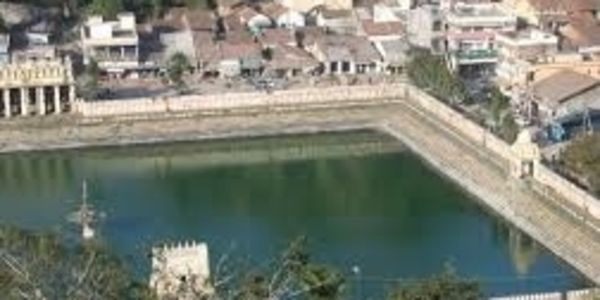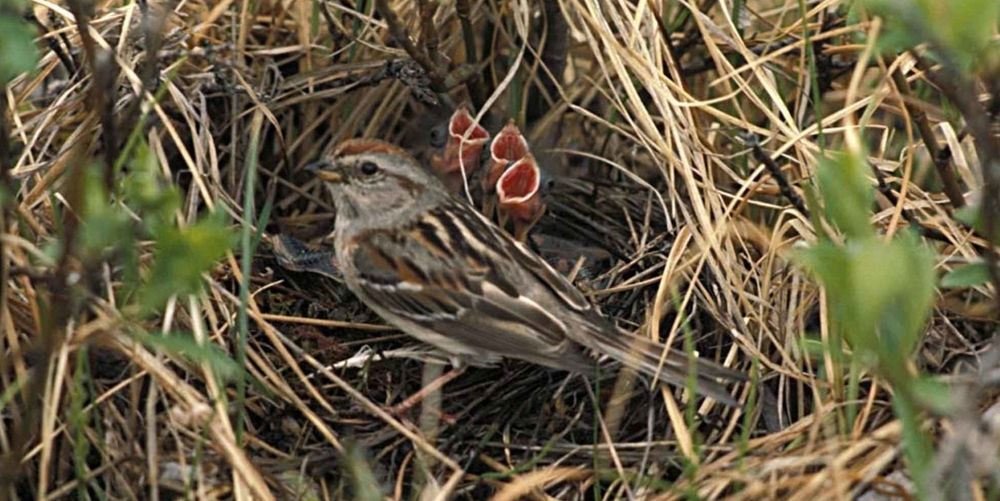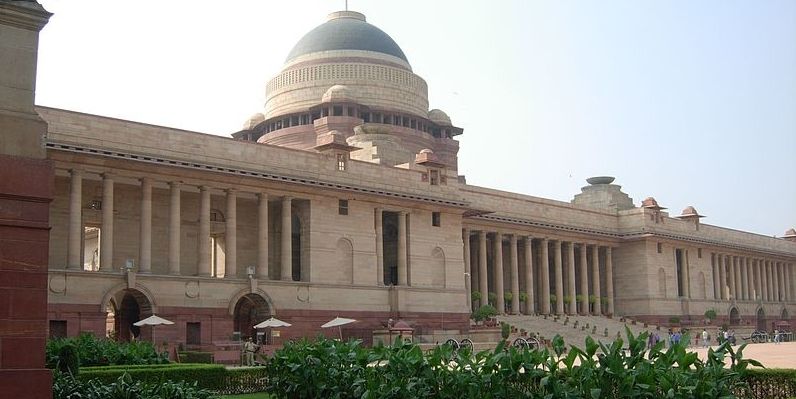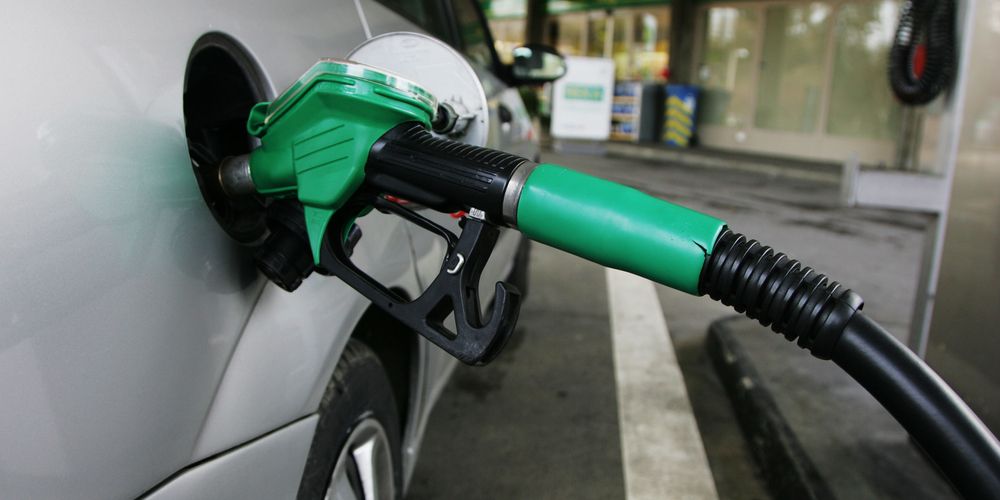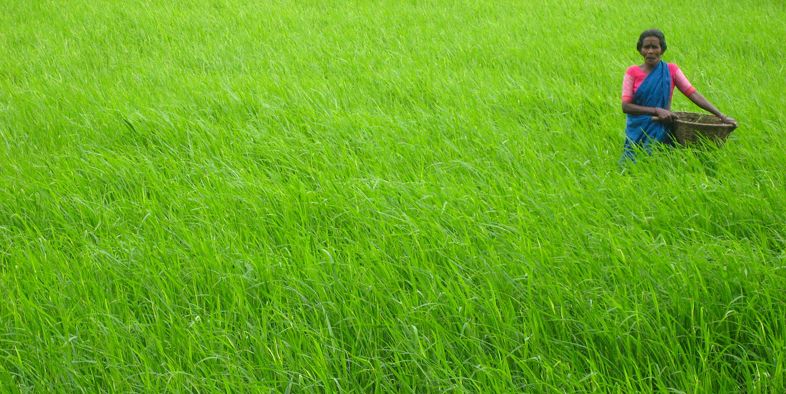A Guardian of Giants: How One Doctor Changed Elephant Healthcare in India
In the lush landscapes of Assam, where the dense forests are home to hundreds of elephants, one man’s compassion and expertise have become legendary. Dr. Kushal Konwar Sarma, affectionately known as India’s Elephant Doctor, has devoted decades of his life to the healthcare, rescue, and conservation of these majestic creatures. Born in Assam, Sarma’s journey from a young veterinarian to an internationally acclaimed wildlife doctor reflects not just professional brilliance but a human connection with nature. Sarma’s early fascination with animals led him to pursue veterinary science, eventually specializing in surgery and radiology. Today, he serves as the Professor and Head of the Department of Surgery and Radiology at the College of Veterinary Science, Khanapara, in Guwahati, Assam. But beyond his academic title, it is his work in the field that has truly defined his legacy.Lifelong Dedication to Elephant WelfareDr. Sarma’s contribution to elephant healthcare is unparalleled. Over the years, he has treated thousands of elephants, both captive and wild. His expertise extends to taming and rehabilitating rogue elephants, a challenging task that requires not only medical skill but immense patience, courage, and understanding of elephant behavior. To date, he has successfully tamed 139 captive elephants and around 100 wild elephants for treatment and safe translocation. On average, he treats or tames between 750 and 800 elephants annually, a number that speaks volumes about his tireless commitment. What sets Sarma apart is not merely the scale of his work but the compassion with which he approaches each animal. Every procedure, rescue, and medical intervention is carried out with a profound respect for the animal’s life and dignity. This human connection—treating elephants not just as subjects of medicine but as beings with emotions and intelligence has earned him admiration from communities, wildlife organizations, and governments alike.Recognition and AwardsDr. Sarma’s decades-long dedication has been recognized both nationally and internationally he was awarded the Padma Shri, one of India’s highest civilian honors, in the field of medicine. This accolade highlighted his extraordinary contributions to wildlife healthcare and conservation. Recently, Sarma was conferred the prestigious Lifetime Achievement Award by the Balipara Foundation at a ceremony held at Vivanta. The recognition celebrates his pioneering work in elephant healthcare, rescue operations, and conflict mitigation across Assam and beyond. These accolades underscore not only his professional achievements but also the growing global awareness of the importance of wildlife conservation. Adding to this international recognition, the International Humane Society of the USA awarded him a special commemorative medal engraved on sandstone sourced from the historic Capitol Building, the seat of the U.S. Congress. This rare honor is reserved for individuals whose contributions to humanitarian and wildlife efforts have a global impact, reaffirming Sarma’s status as a world-class conservationist.Elephant Healthcare and RescueSarma’s work goes far beyond routine medical care. In Northeast India, where human elephant conflicts are common due to encroaching settlements and habitat loss, his expertise has been crucial in mitigating conflicts and saving lives. He has led numerous rescue missions, ensuring that both elephants and local communities are protected. Each rescue or treatment mission involves meticulous planning, teamwork, and bravery. For example, translocating a wild elephant requires not only medical knowledge but also precise coordination with forest officials and wildlife experts. Sarma’s ability to combine science with deep empathy has made him a trusted figure in these complex operations.A Legacy Carved in CompassionIndia’s Elephant Doctor continues to work tirelessly, embodying a rare blend of scientific expertise, courage, and empathy. Dr. Kushal Konwar Sarma’s legacy is not only in the thousands of elephants he has healed but also in the hearts of people inspired by his dedication. His story is a celebration of human commitment to nature, a narrative where compassion meets action, and where one individual’s relentless efforts can touch the lives of countless creatures and communities alike. In a world that often overlooks the silent struggles of wildlife, Dr. Sarma stands as a symbol of hope, reminding us that dedication, knowledge, and a human touch can truly change the world one elephant at a time.

(1).jpeg)
.jpg)
.jpeg)
.jpg)
.jpg)
.jpg)
.jpg)
.jpg)
.jpg)
.jpg)
.jpg)
.jpg)
.jpg)
.jpg)
.jpg)
.jpg)
